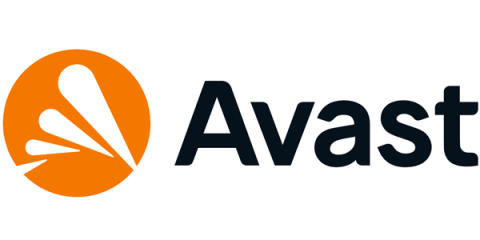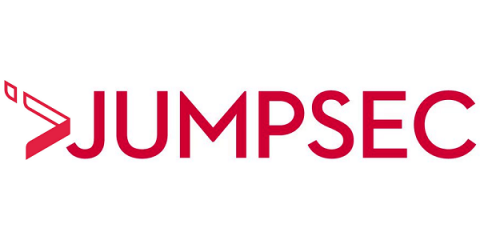Hackers Exploit Exposed Selenium Grid Servers for Proxyjacking and Cryptomining
Hackers are increasingly targeting exposed Selenium Grid servers, hijacking them for cryptomining and proxyjacking activities. Selenium, an open-source browser automation tool widely used for web application testing, has become a valuable target for cybercriminals. As these servers often lack proper security measures, threat actors are seizing the opportunity to leverage them for their own gain.











